The US dollar has experienced 2 consecutive days of 1% declines – something we haven’t seen in years. The declining dollar now drives risk assets such as equities, commodities and emerging market currencies and is in effect a form of monetary easing.
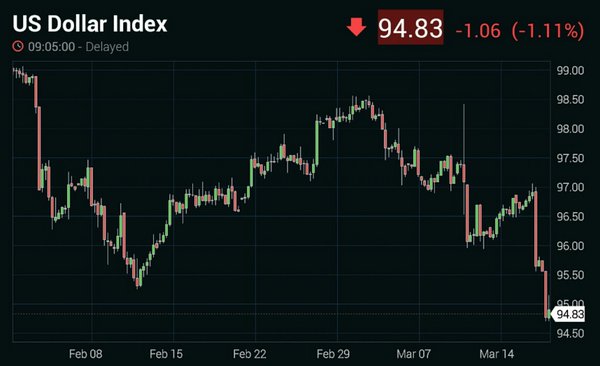
Source: Investing.com
Dollar-yen dipped below 111, a support level the currency pair is probing for the third time.
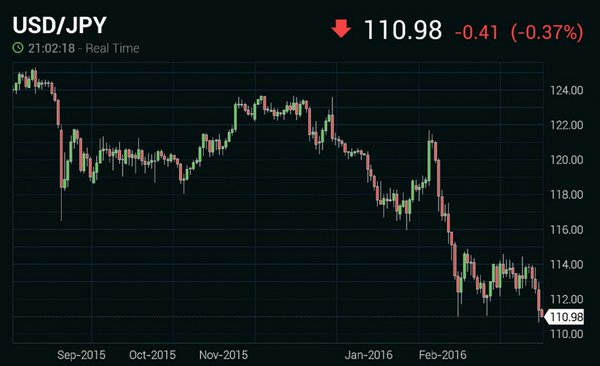
Source: Investing.com
The renewed yen strength isn’t working out well for Japanese shares. The BoJ must be quite upset with the Fed, who in effect has entered the “currency wars”.

Source: Google
The 10yr JGB yield hit a new low as the strengthening yen should result in more disinflationary pressures for Japan and potentially an accelerated QE.

The demand for yield in Japan has resulted in cross-currency basis approaching record lows (demand to convert dollar fixed income assets into yen).

Source: @MatsGlettenberg
In the Eurozone, the inflation figures were adjusted higher, with the core CPI at 0.8% (vs. 0.7% expected). This was enough to send the euro higher.

Once again, this must be a real pain for the ECB as the euro had its third sharp rally in the past few days. The ECB too might be annoyed with the Fed.
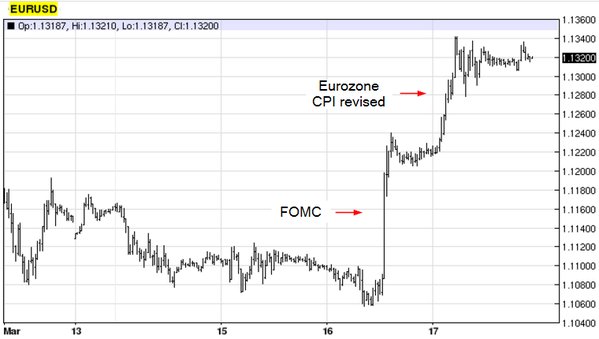
Source: barchart
In other Eurozone developments, the ECB may soon face a shortage of bonds to buy. This shortage may end up pushing yields even deeper into negative territory, making fewer bonds eligible for purchases – a vicious cycle.
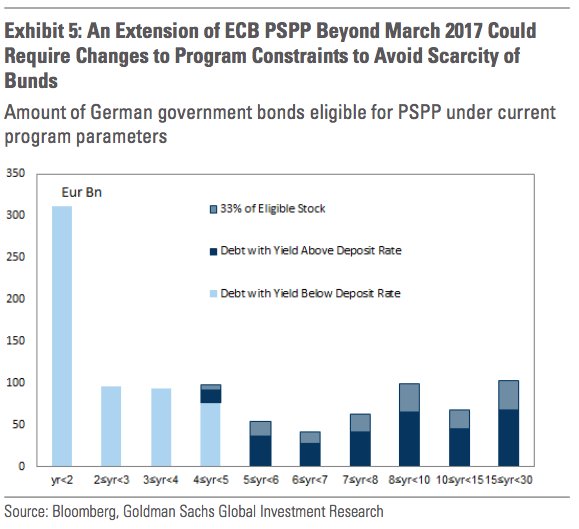
Source: Goldman Sachs, h/t Josh
Turning to China, the nation’s housing market surprised to the upside. House prices increased 3.6% vs. 2.5% expected.
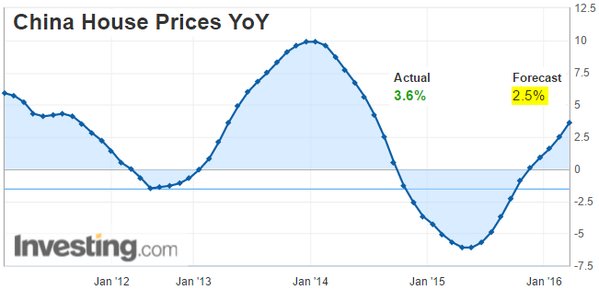
Moreover, China property price gains are starting to broaden to Tier-2 cities. Material price increases in Tier-3 and 4 will take some time because of the massive unsold inventories.
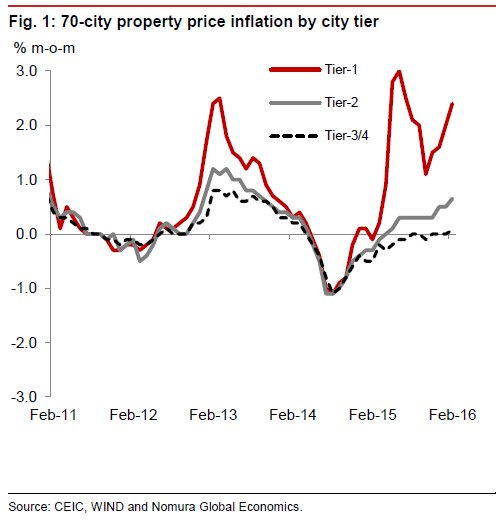
Source: Nomura, @Callum_Thomas
The recent strength in China’s housing can be seen in the stabilization of the country’s cement prices.













Leave A Comment